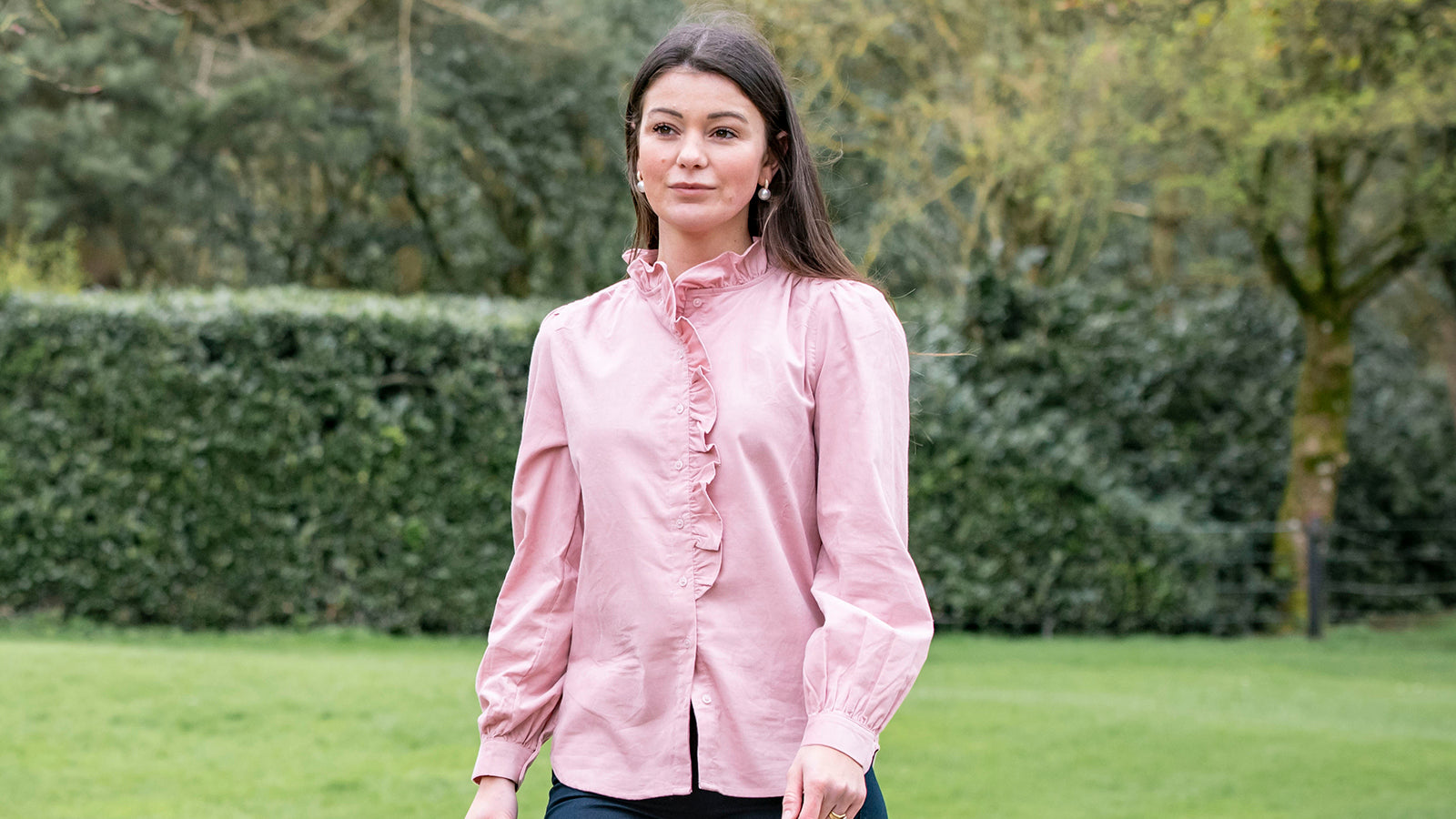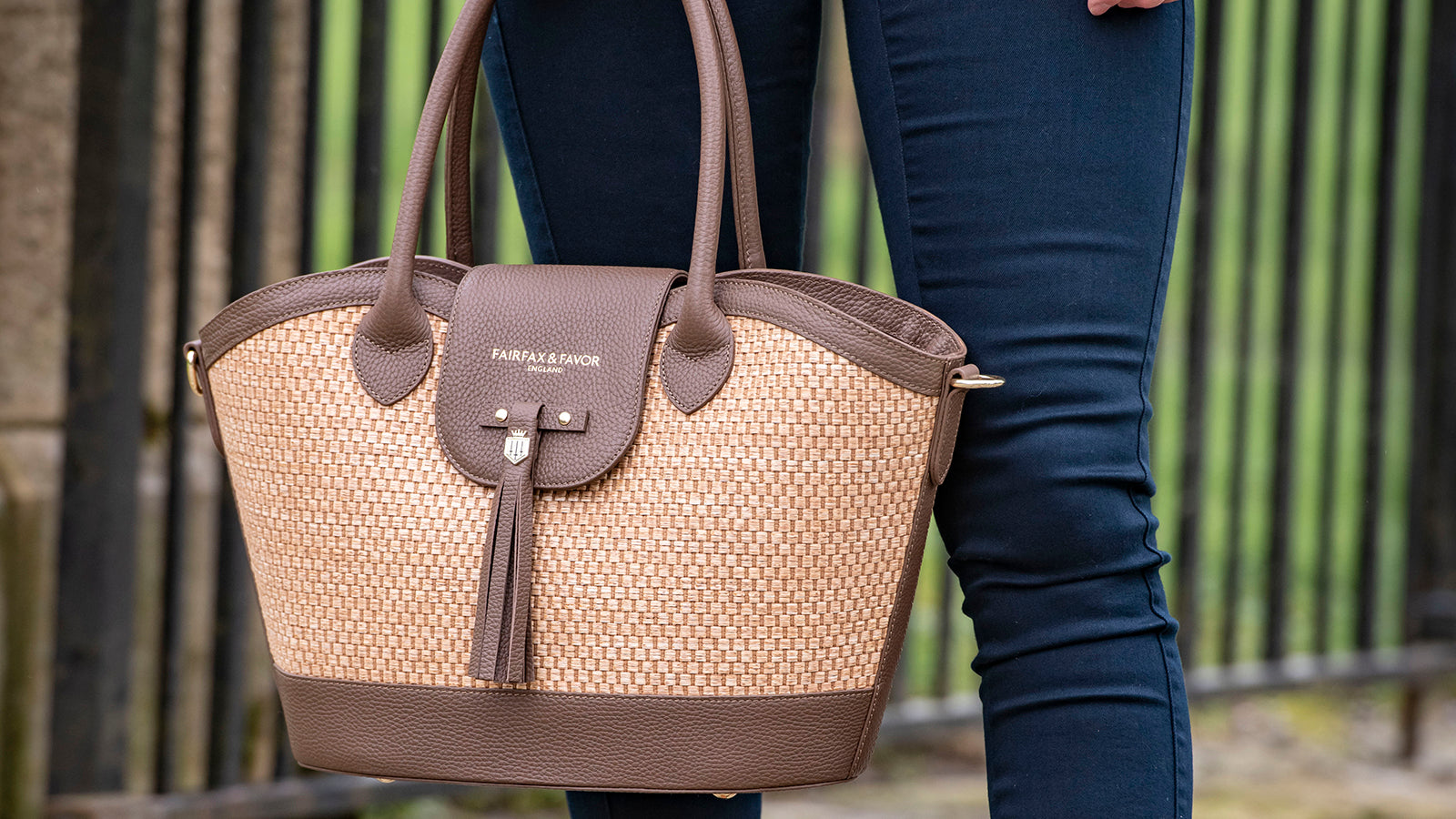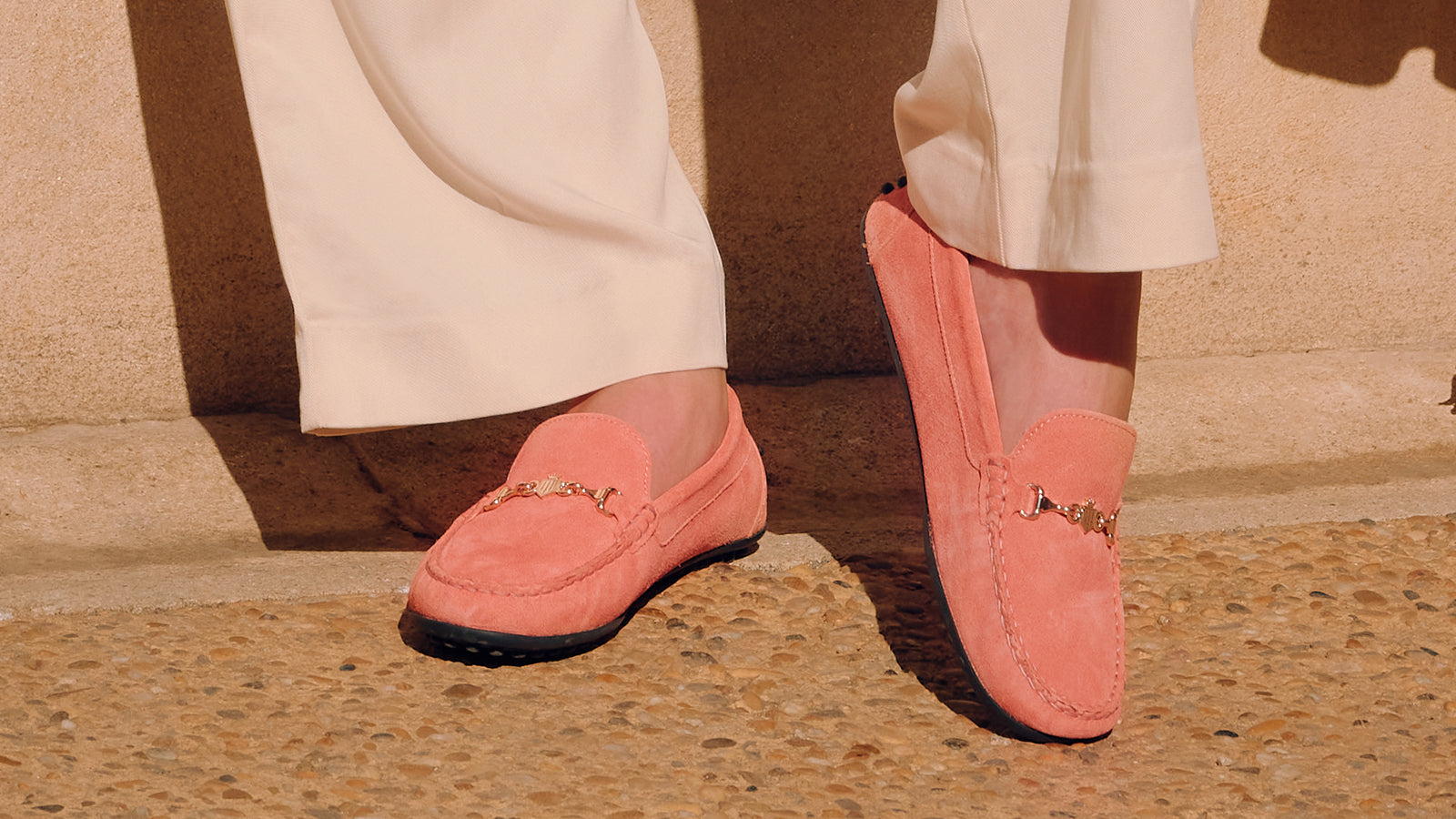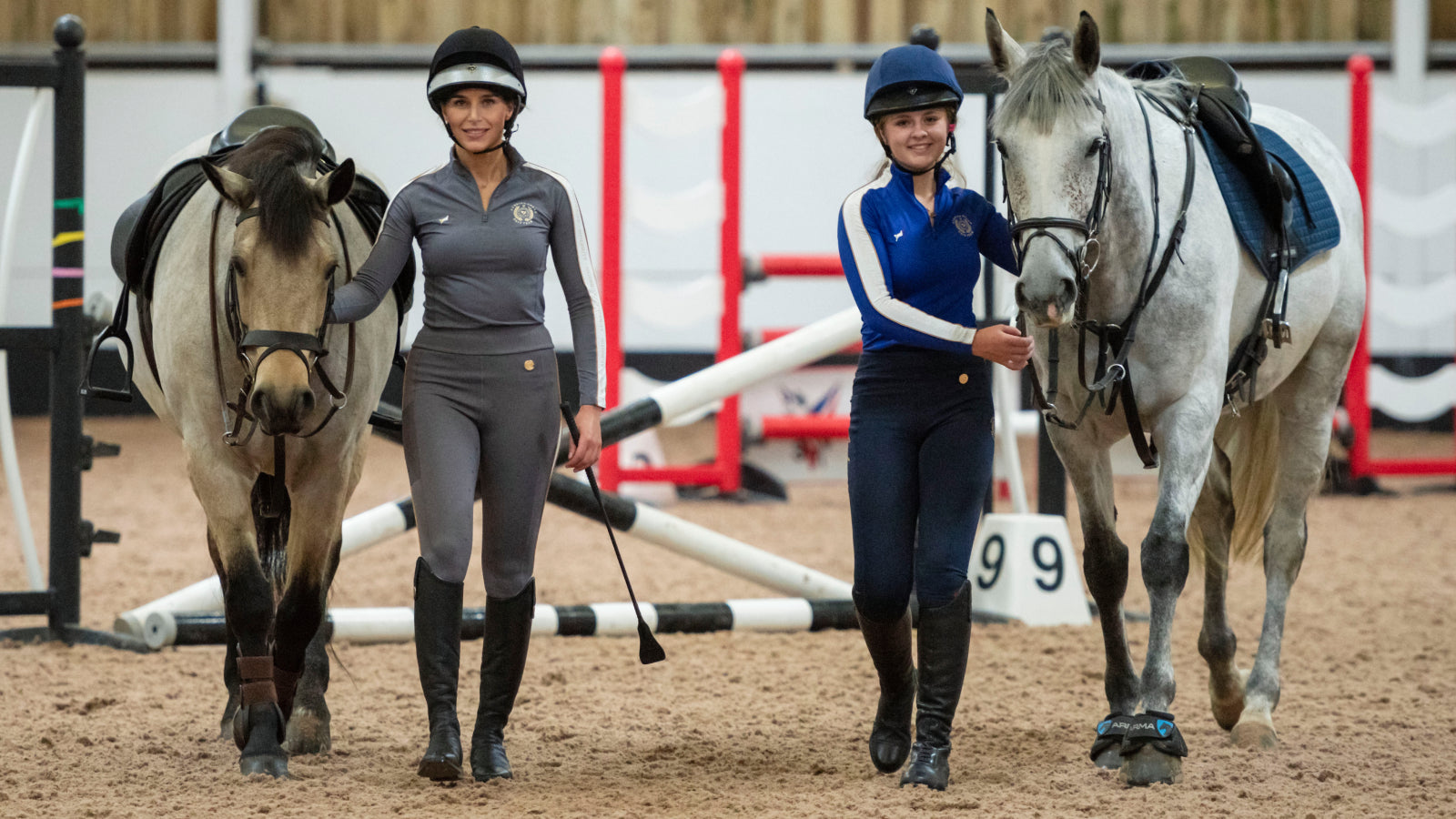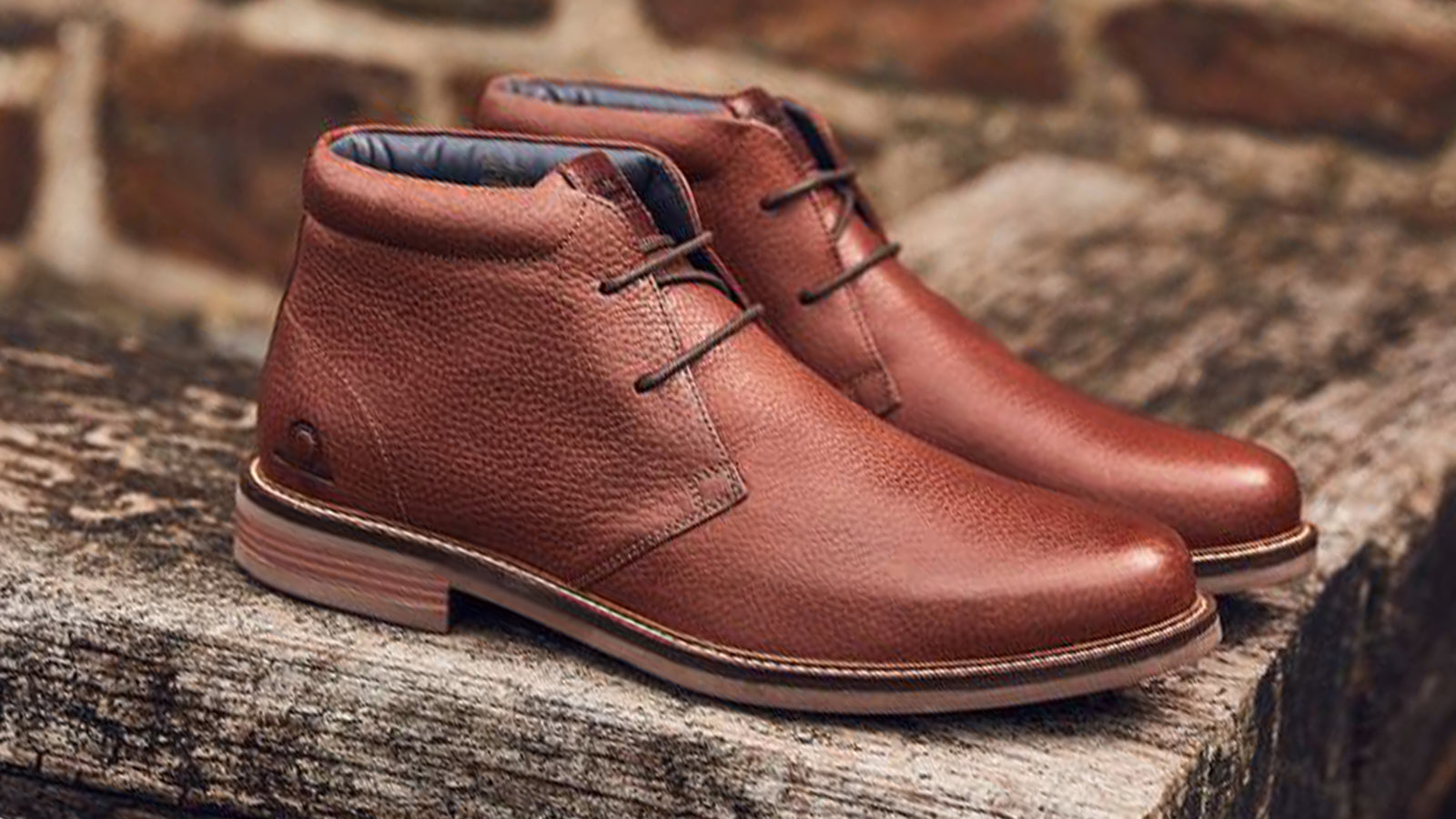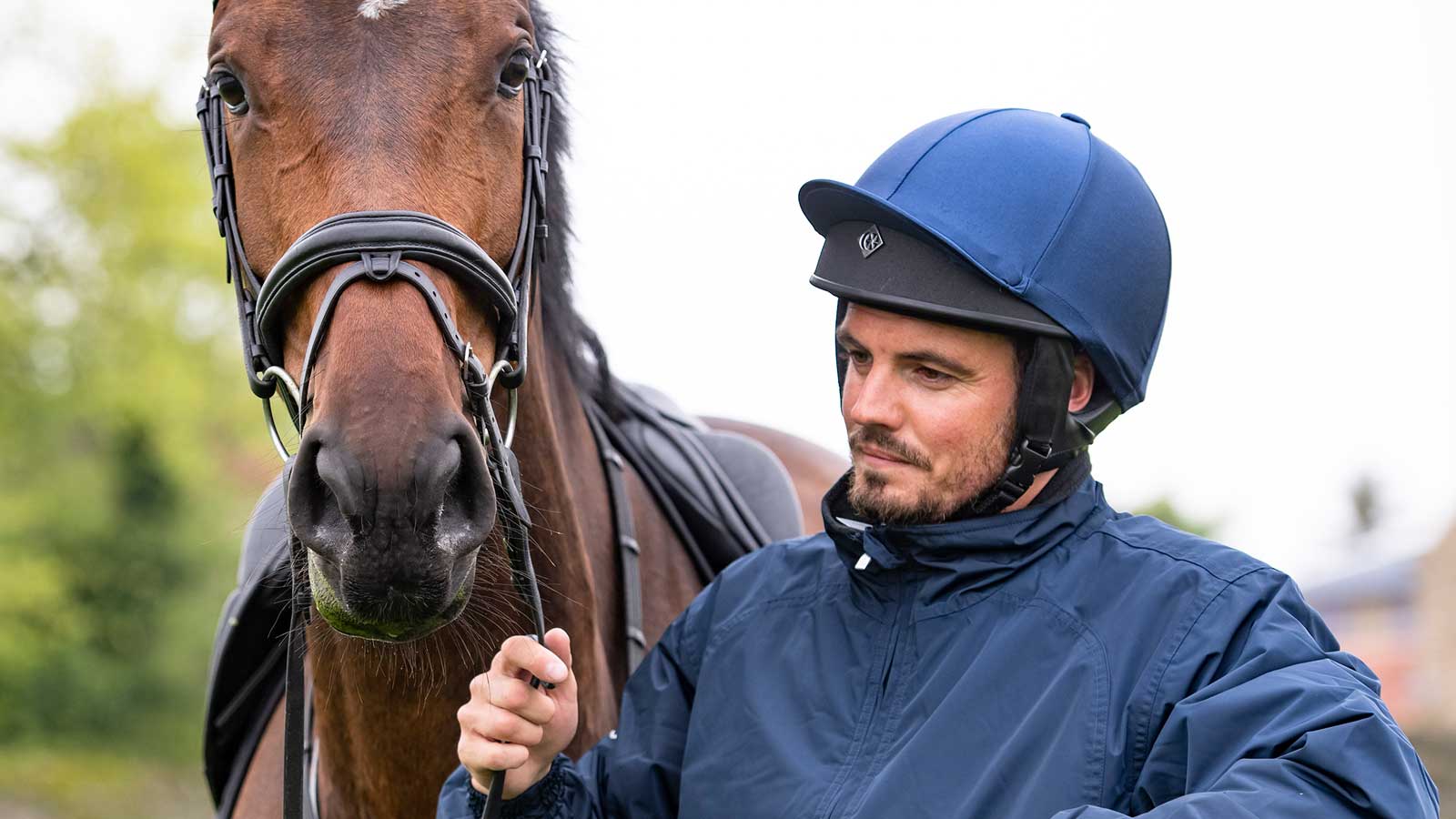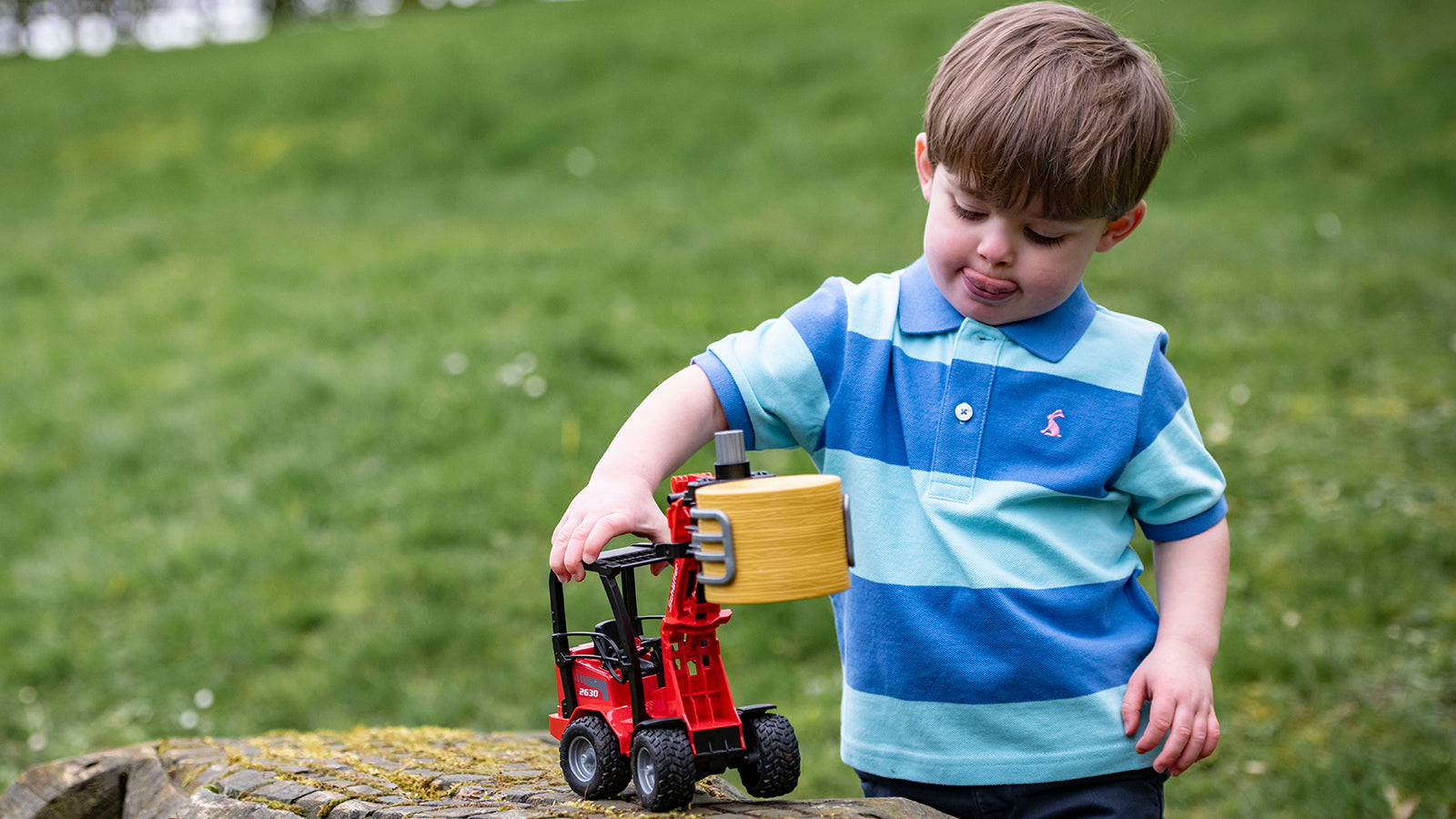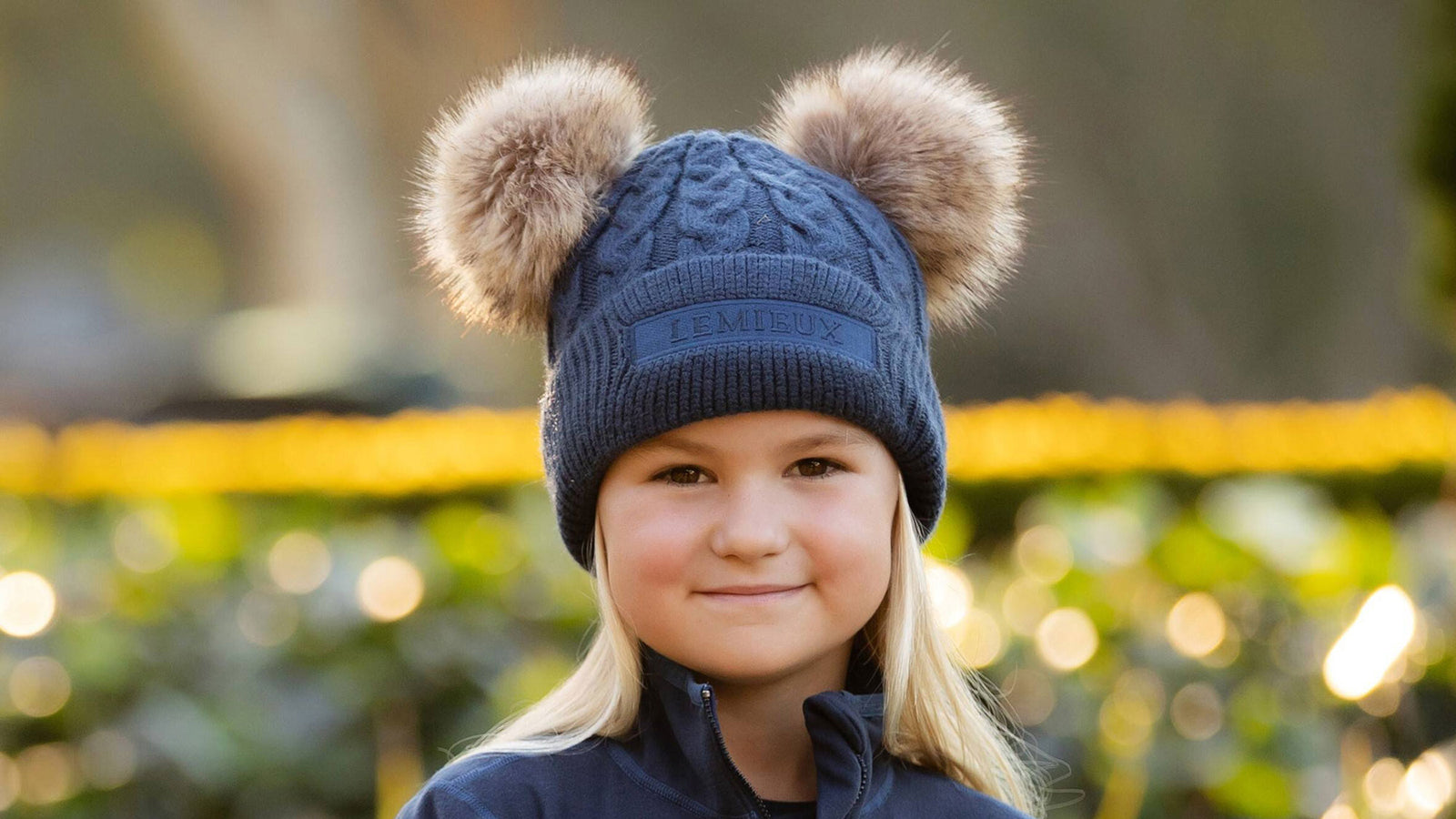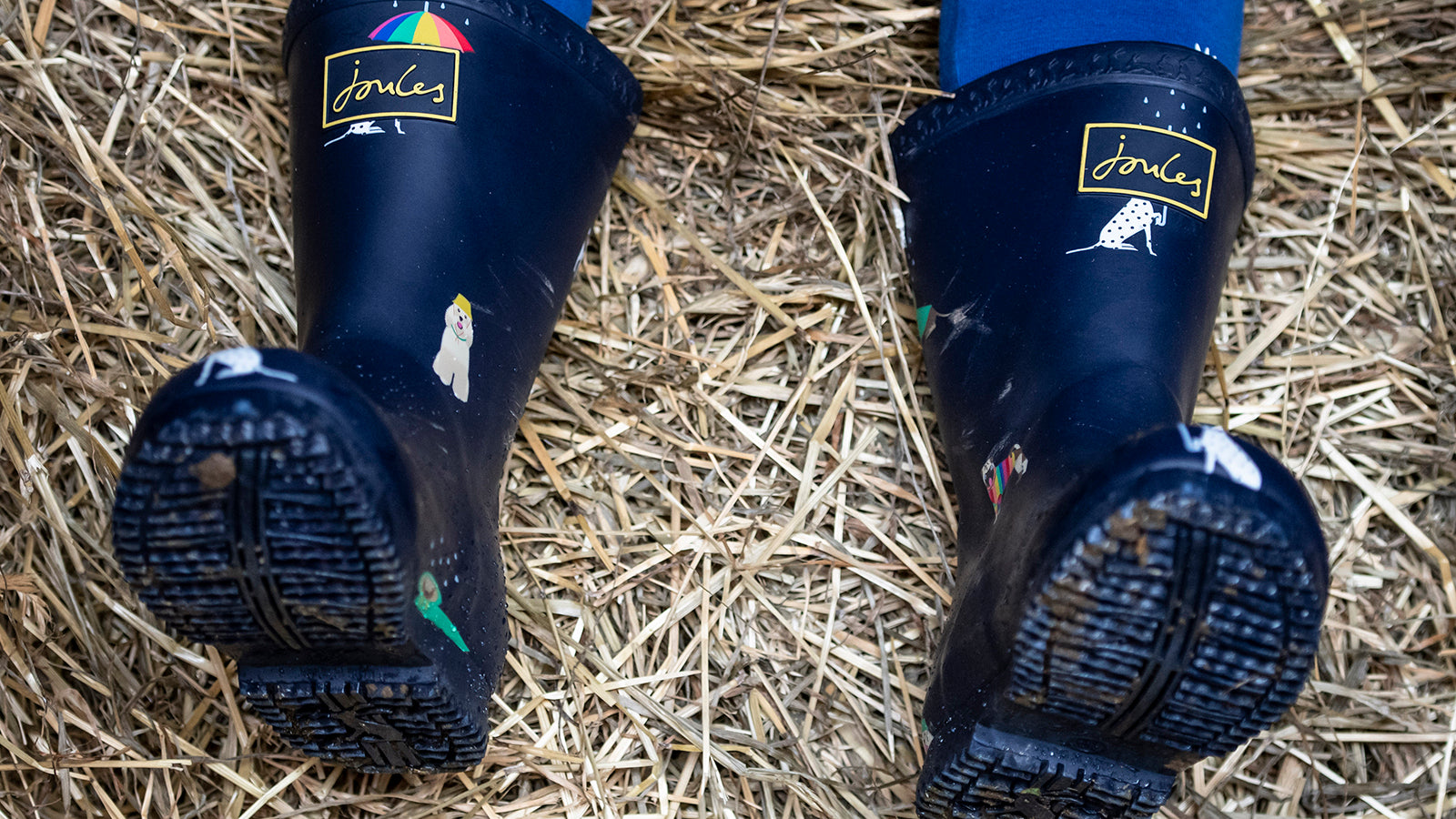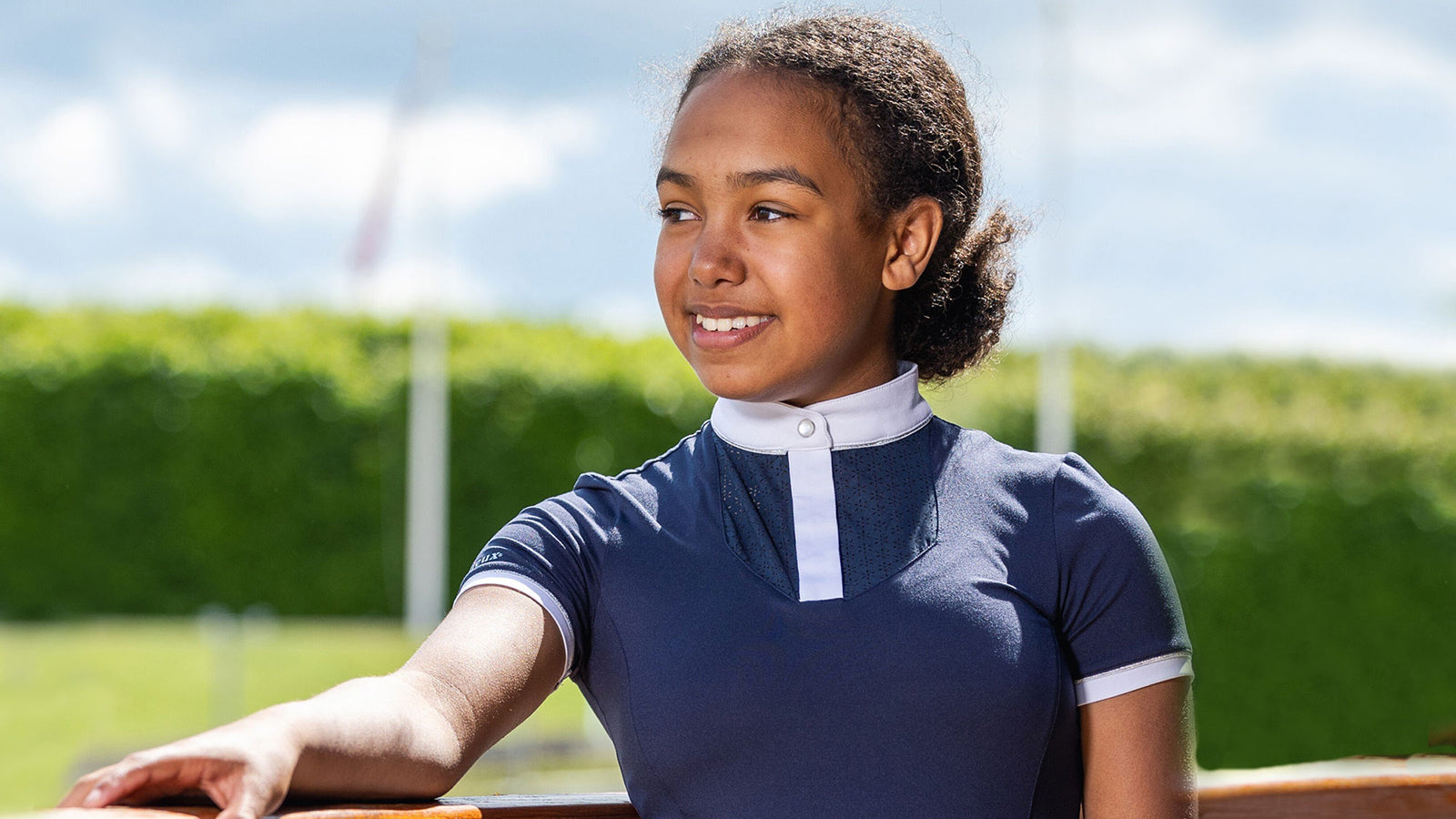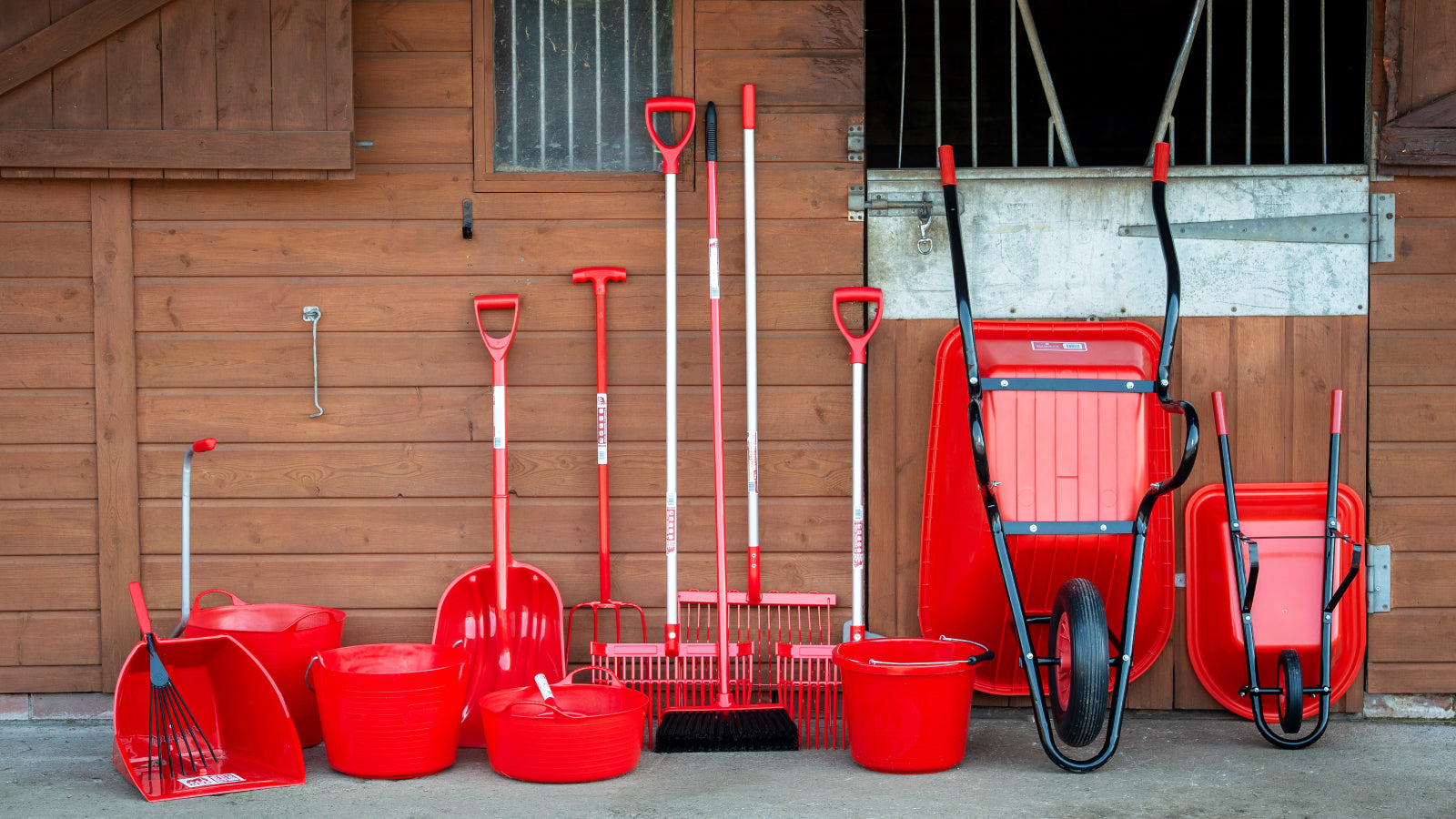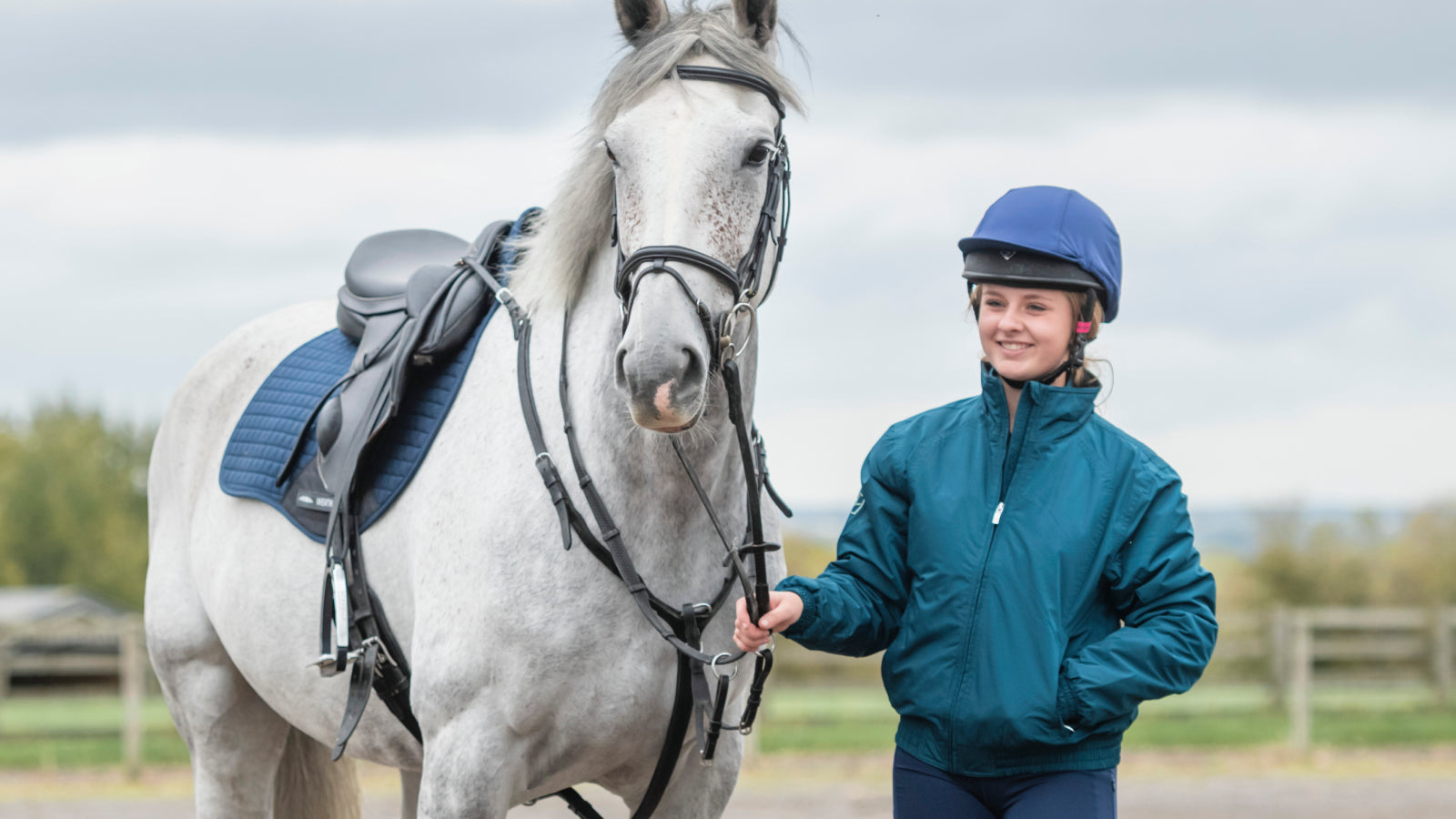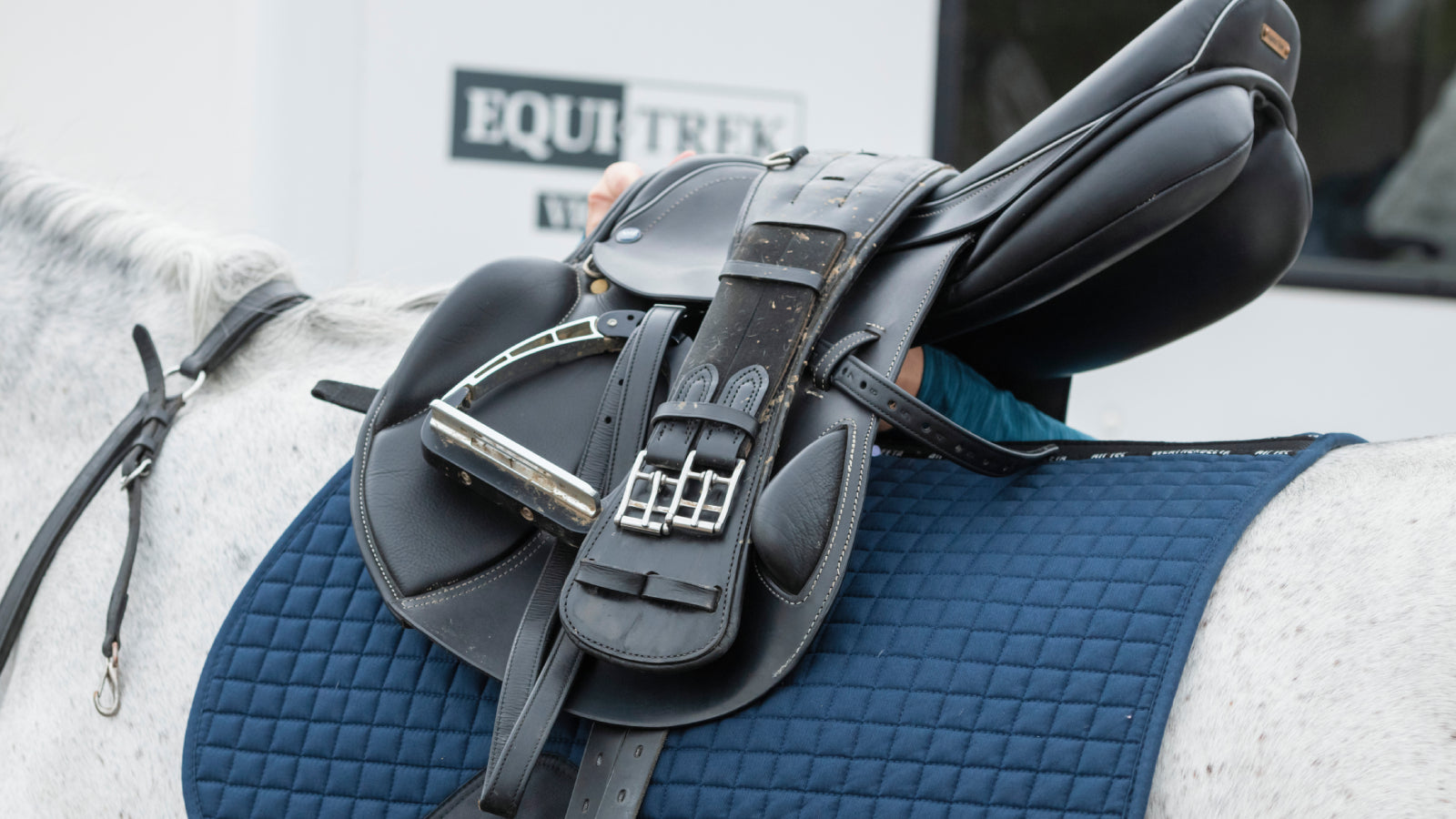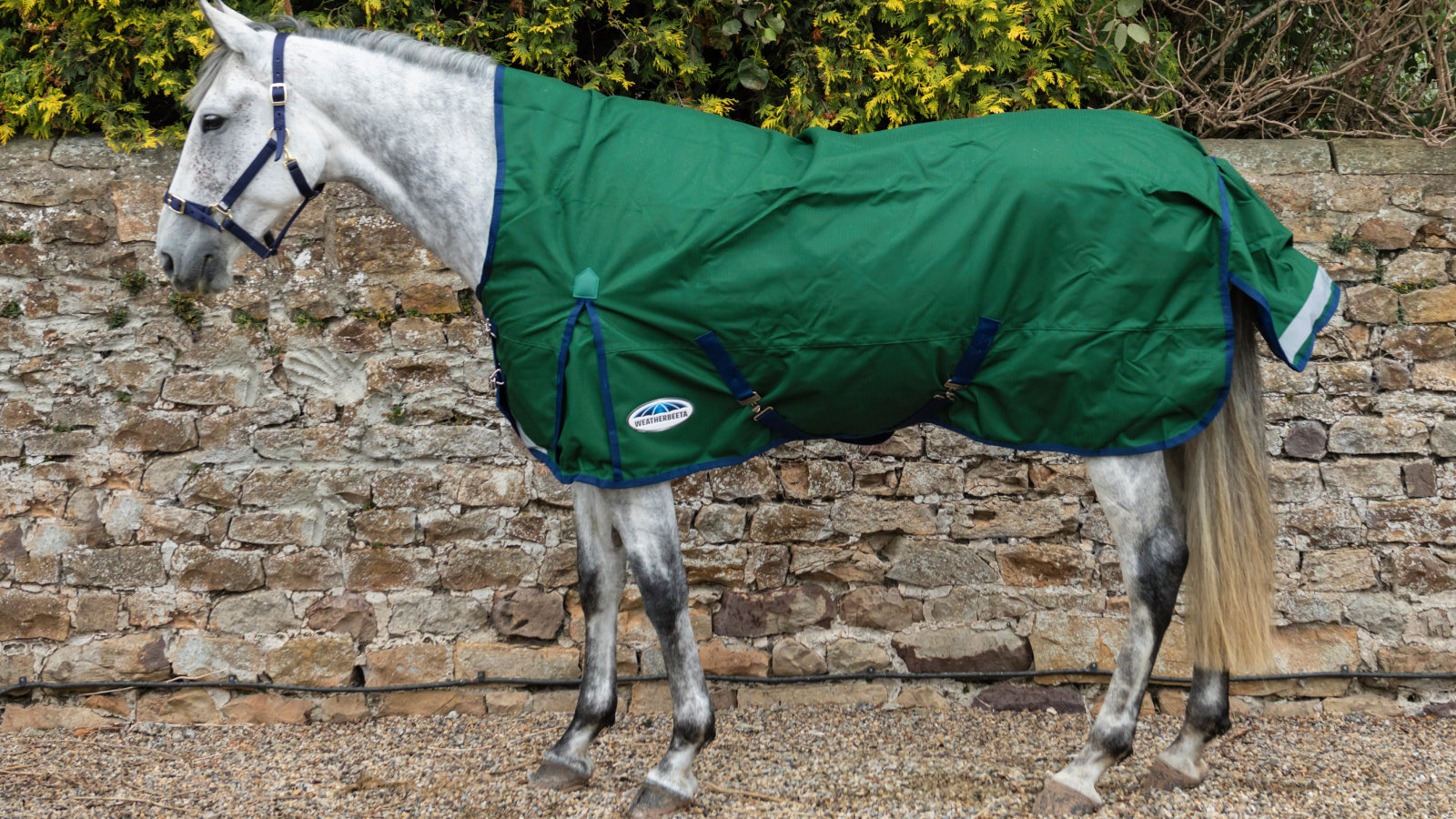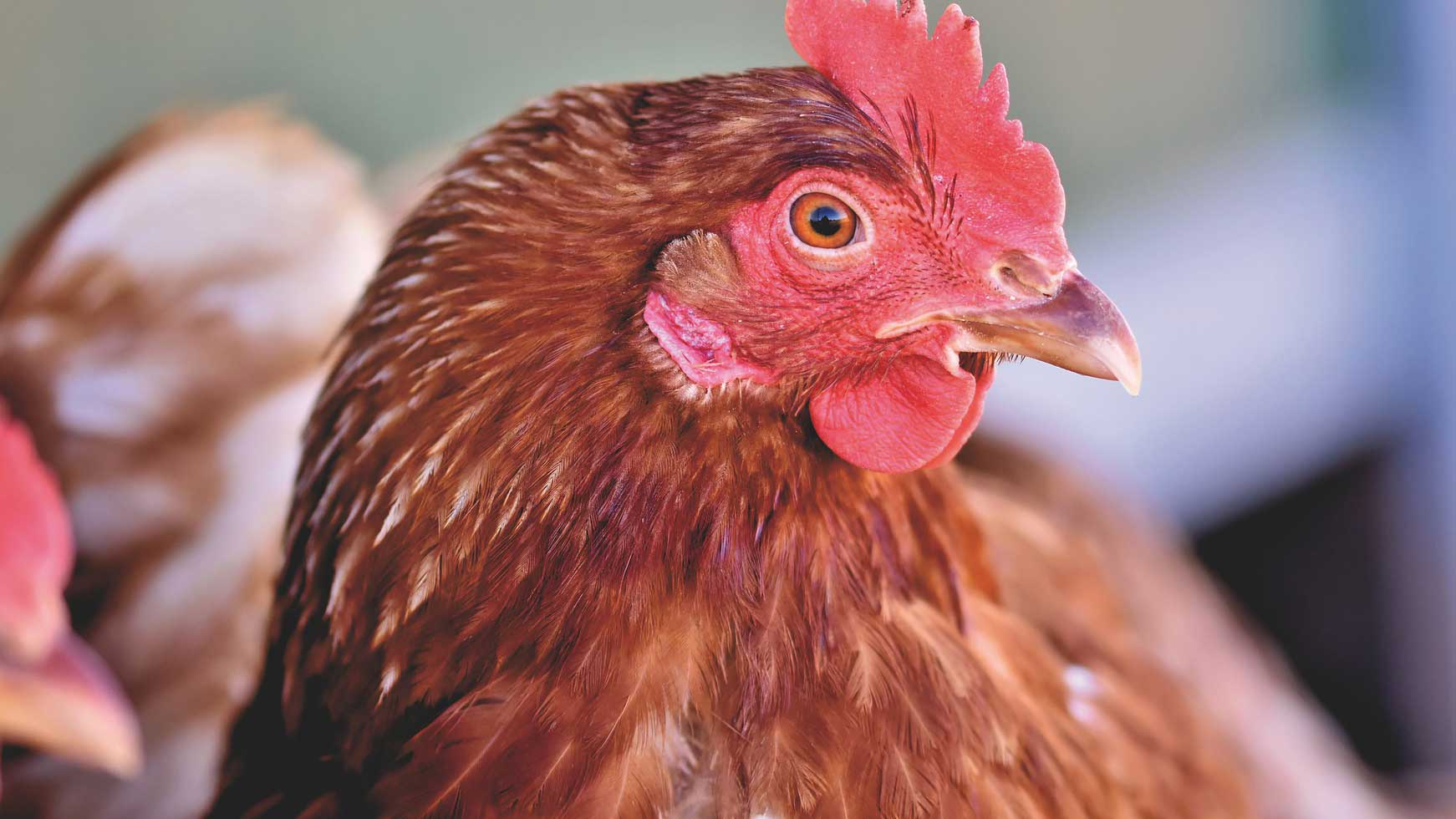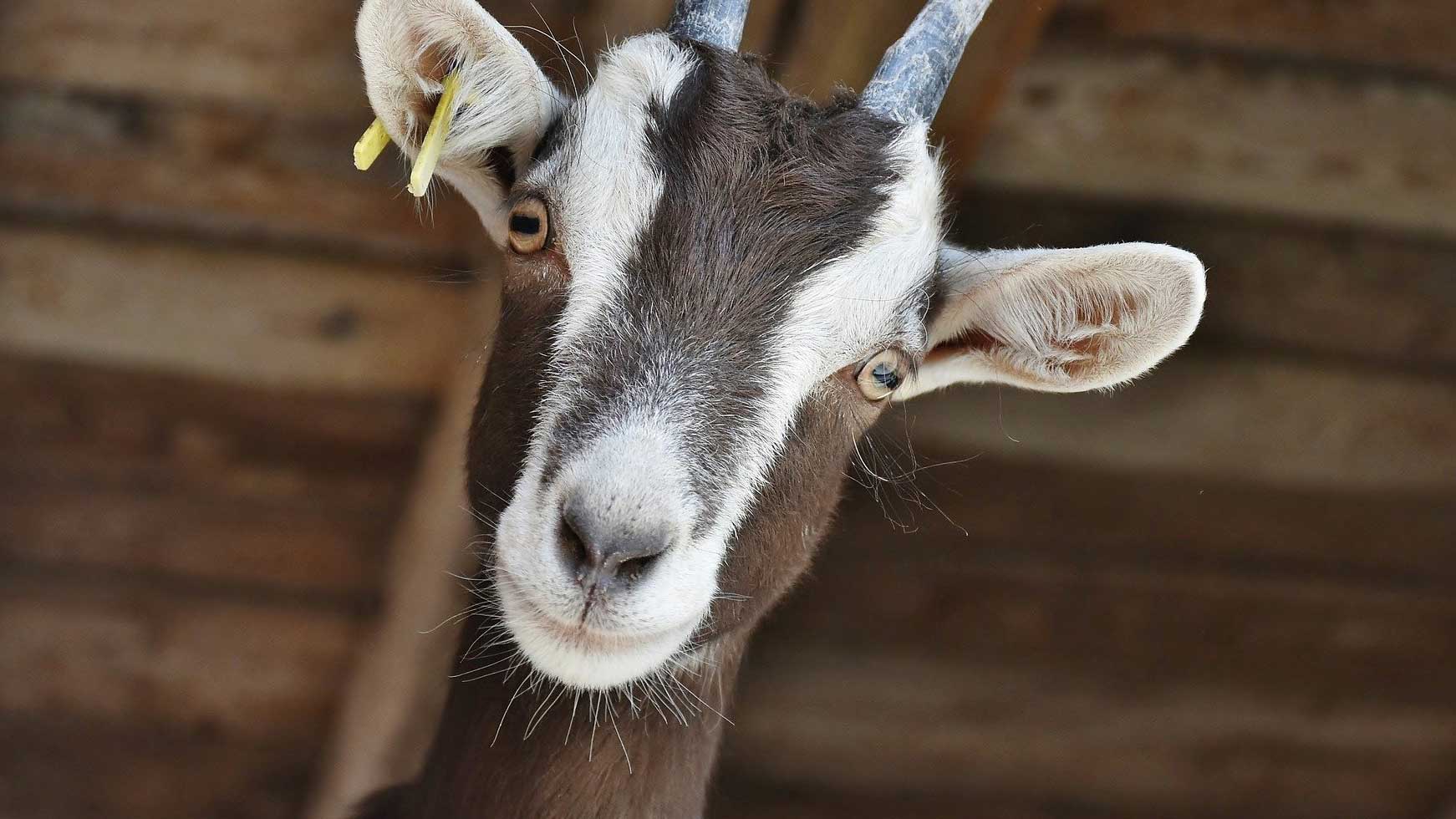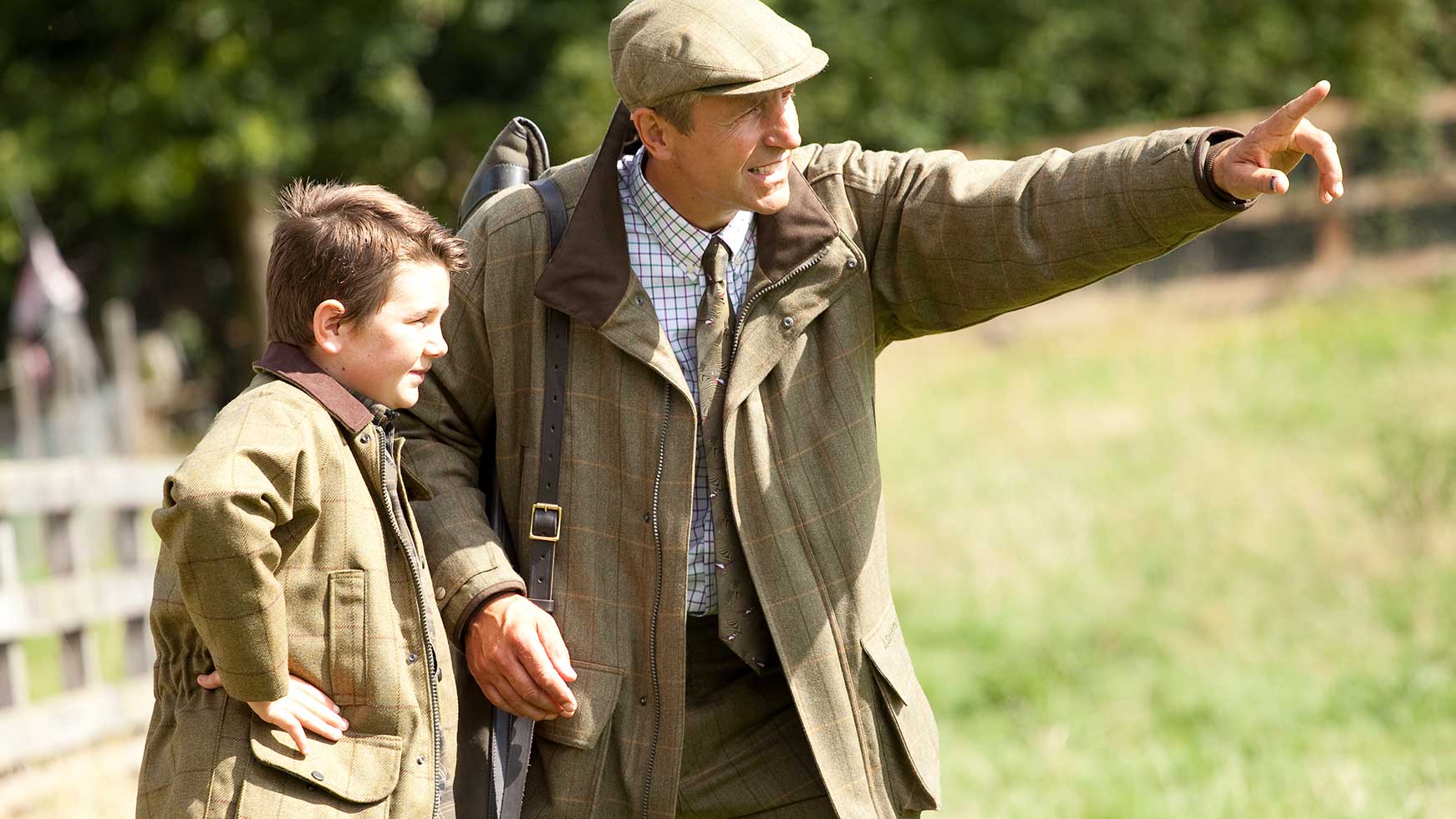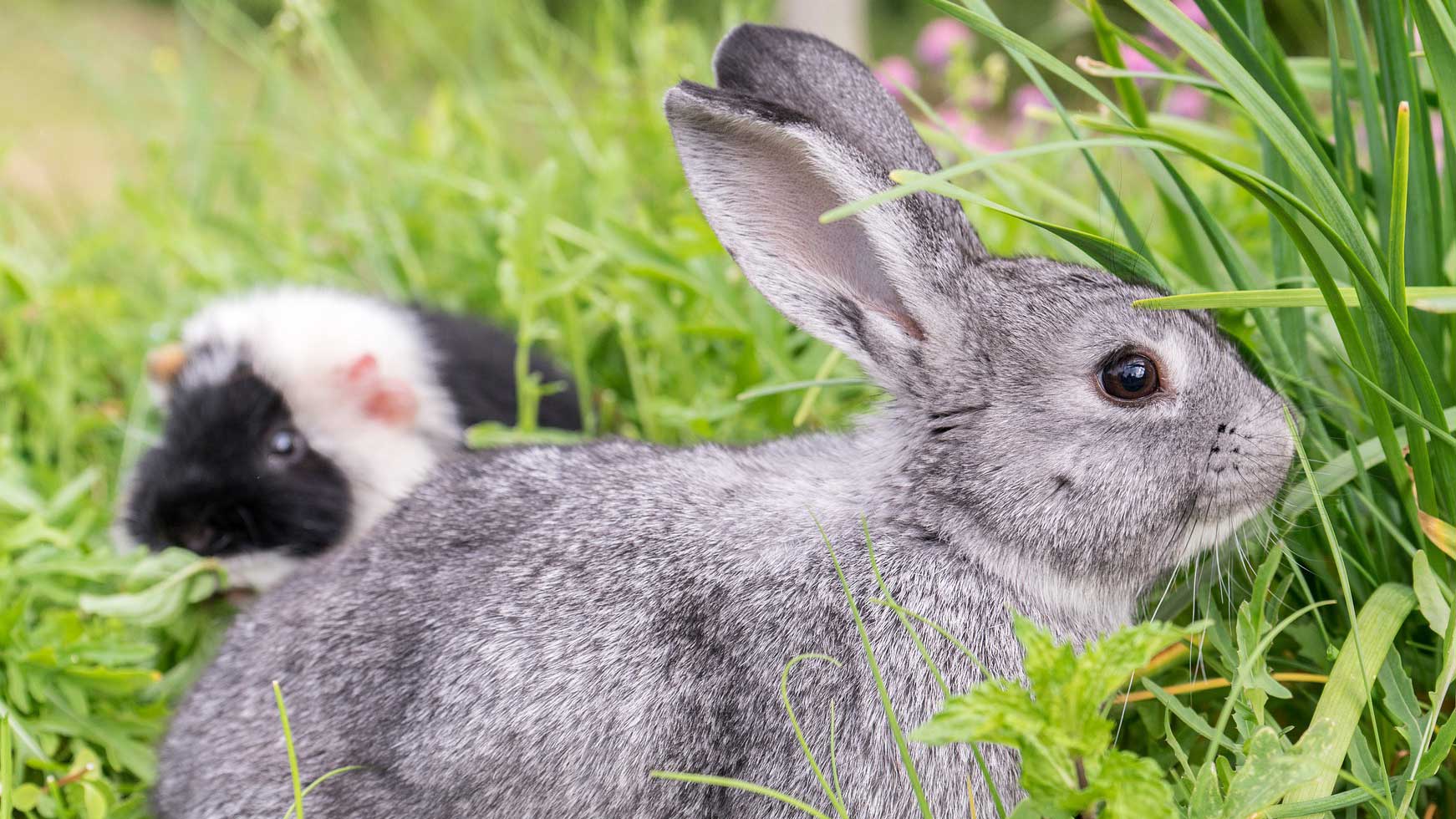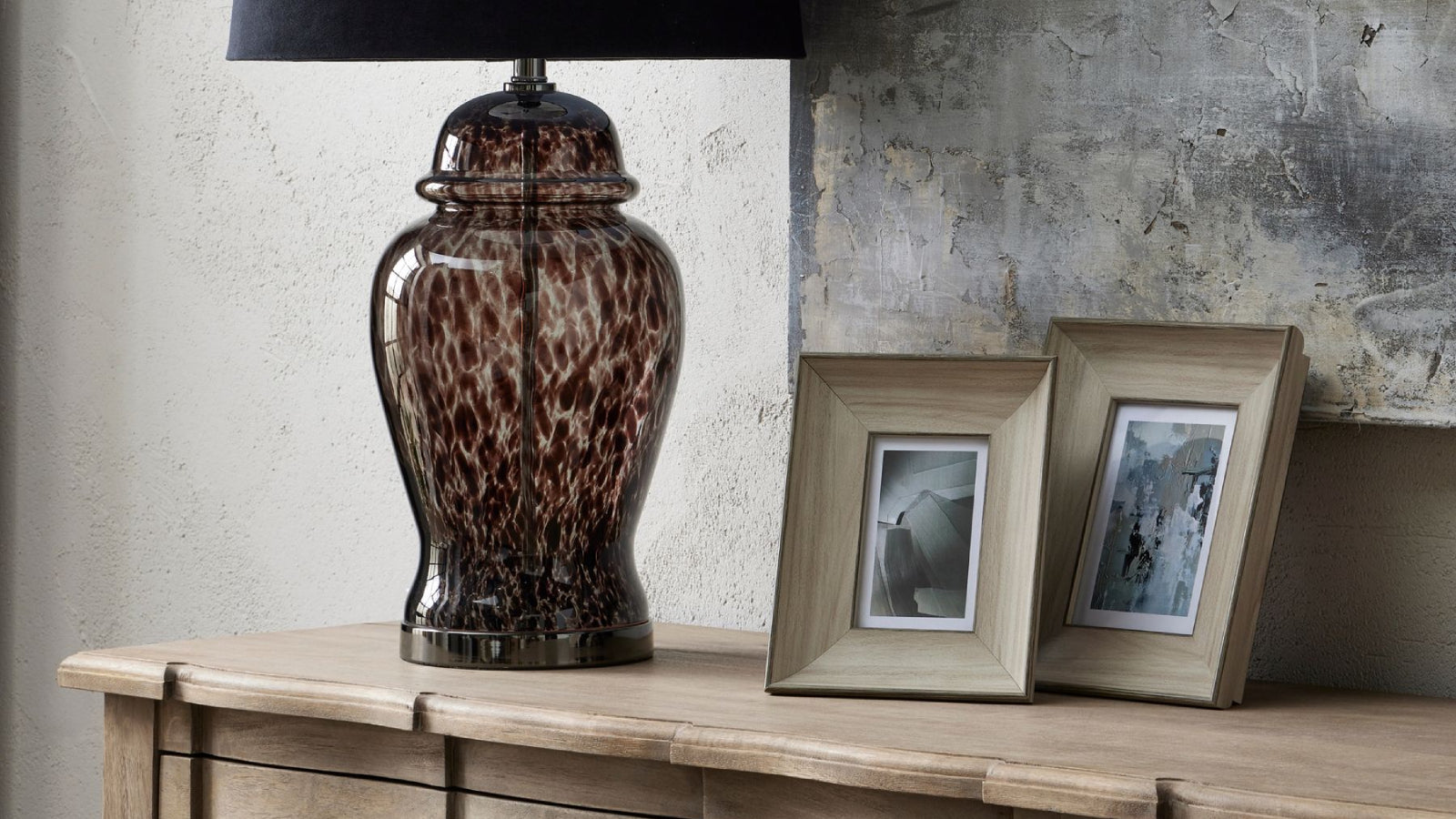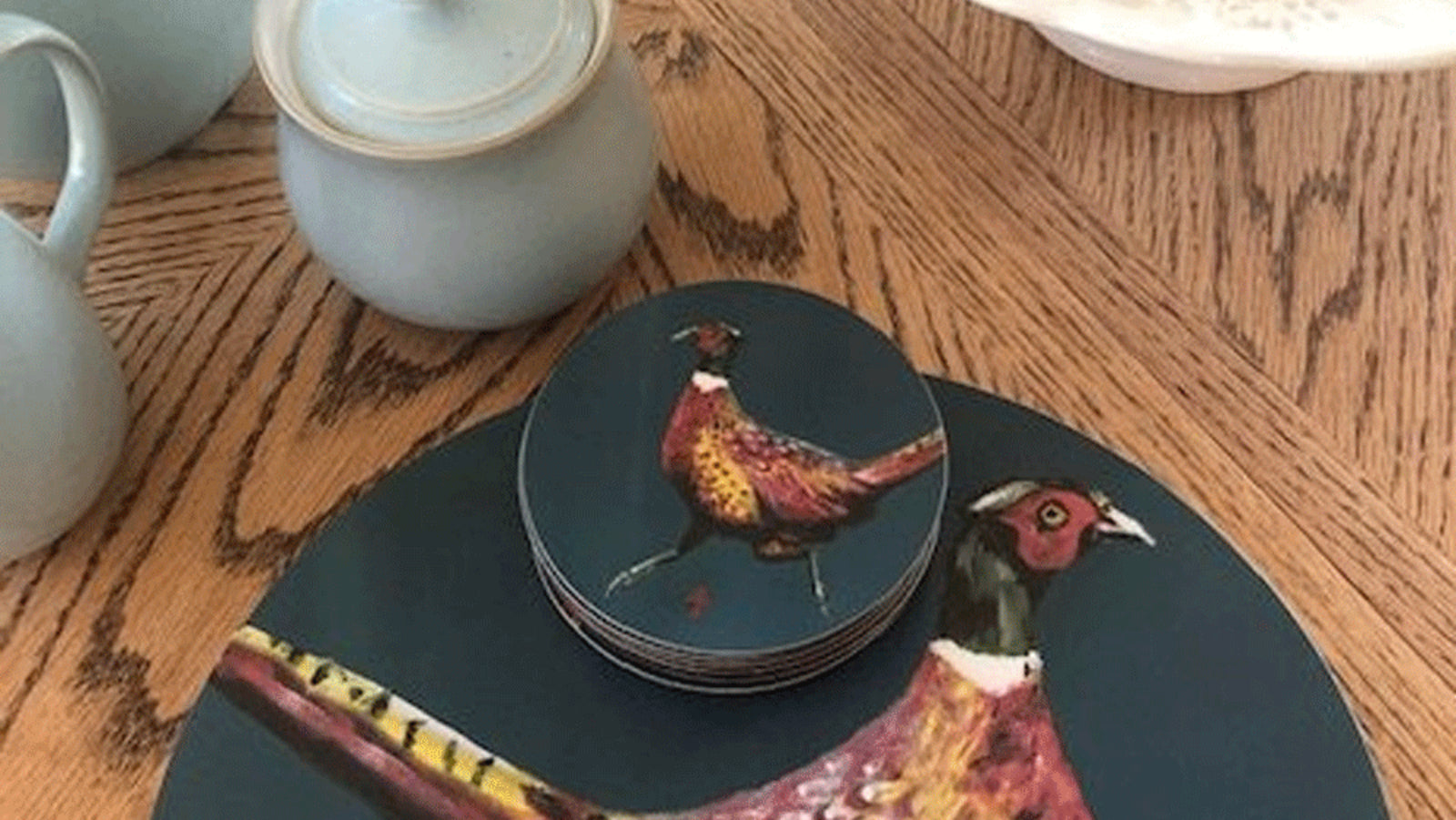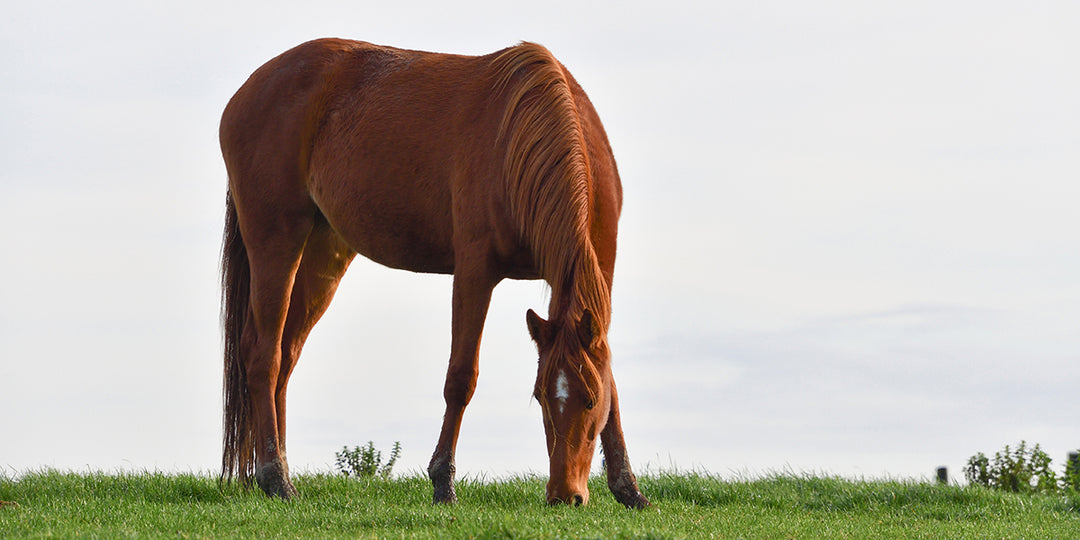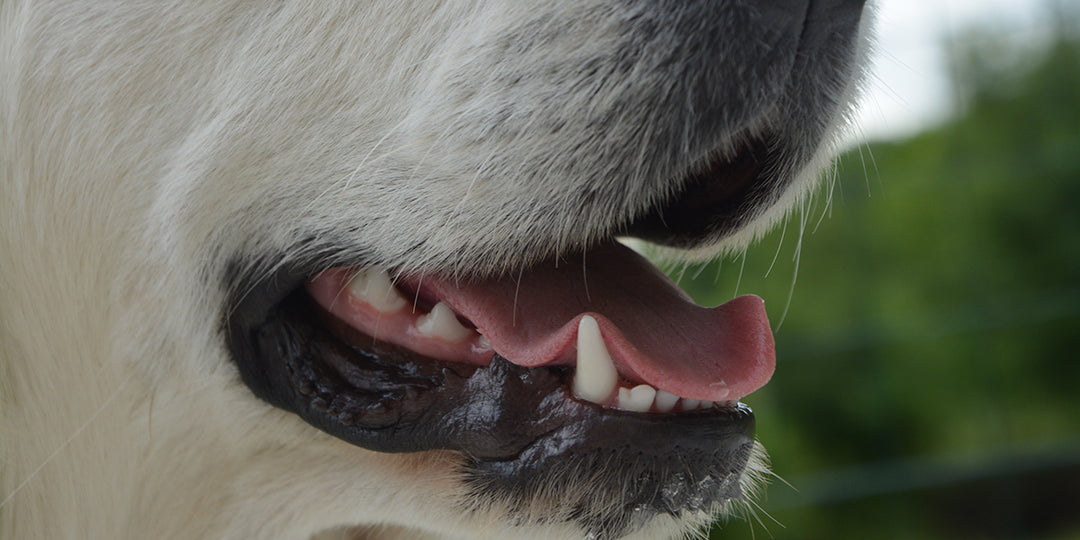The Ultimate Guide To Horse Riding Boots

Riding boots are an essential component of equestrian attire, whether you’re hacking out, schooling, doing yard work, or competition riding, a good pair of riding boots are a necessity for a rider’s safety, comfort and correct seating position. Riding boots are made for horse enthusiasts and competitors all of ages and genders, and they range significantly in price and quality.

The importance of having the right footwear for horse riding should not be underestimated, not all boots are created equal; some brands design their boots specifically for men or women, while other brands manufacture boots suitable for both genders. Therefore getting the right boots for your gender and needs is very important. Horse riders do much of the controlling of the horse with their feet and legs and ill-fitting riding boots will have a serious impact on the riders comfort and control.

In order to find the right pair of riding boots to compliment your horse riding needs you need to speak to the experts, the best place to start is with a specialist equestrian store such as Millbry Hill. Here at Millbry Hill (both instore and online) you can find a great selection of riding boots and our expertly trained staff will help you find the right style and size of boots to suit both your needs and budget.

The equestrian market is awash with riding boots of all shapes, sizes, style and material, it is hard to know where to start when deciding on what type of boot will be most suitable for your riding requirements. The purpose of this guide is to cut through the technical jargon and to assess the relative qualities of all types of riding boots.
Horse Riding Boots For Beginners
If you are new to horse riding and still deciding whether you’re going through a phase or whether you’re in it for the long haul, you need not invest in a pair of expensive riding boots. There are plenty of low-cost riding boots on the market that are perfect starting point for beginners. One thing that is for certain, you need to make sure you are going to be safe from the onset, even if you plan to never get back on a horse again. In fact, if you happen to fall during your first riding lesson because of inappropriate footwear it will probably put you off riding for good!

Although it is tempting to reach for your trusty trainers or hiking boots these should be avoided at all costs, such shoe styles and completely impractical when it comes to horse riding as they do not have a heel, which is needed to secure good riding positioning and to hold onto the stirrups. Additionally, the tread of your chosen footwear must not be too deep as if it is, it can catch on the stirrups and pull your foot in the wrong direction – some wellies are best avoided due to the depth of the tread. Equally, footwear with no grip can pose a real danger when horse riding, as the foot may simply slip through the stirrup, trapping the riders leg.
Types of Horse Riding Boots
Riding boots in the UK are typically placed into two main categories; the quintessentially British long riding boots and short riding boot make up these two categories. Each boot style is expertly designed and engineered to complement different riding styles.
Long Riding Boots
Sometimes referred to as ‘tall’ riding boots they are the standard competition footwear for adult riders and the traditional style of English riding footwear. A long riding boot extends up the rider’s leg to the knee and comes in three different styles, each designed for a specific use in the English riding disciplines. The three styles are as follows, the field boot, the dress boot and the hunt boot – all long riding books share obvious similarities in length but vary in fit, aesthetics and functionality.

Long riding boots will either have a full-length zip at the rear of the boot or be of a more traditional ‘pull on’ type. Most riders now favour the zip variety as they are easier to get on and off as well as the zip being discrete in appearance.
Field Boot
A long leather boot that features a lace-up closure at the front of the ankle, the lacing allows for greater flexibility of the rider’s ankle. Field riding boots are favoured by rider’s in the jumping disciplines of horse riding, such as show jumping, event jumping and even hunting. The extra comfort provided by the lace-up closure comes into play when rider’s need to shorten their stirrups to get into their jumping position.

Dress Boot
A long formal boot favoured by dressage rider’s andcompetitive show jumpers alike. They are the most popular style of long riding boots and can often be seen on riders of all disciplines. Dress boots are traditionally black in colour and made from leather, although rubber and synthetic dress boots are available for riders on a tighter budget. The majority dress boots have a higher cut on the outside of the rider’s leg which extends over the outside of the knee, this cut is called a Spanish Cut.


Hunt Boot
The hunt boot shares many similarities with the dress boot with one stark difference, the hunt boot’s defining feature being a contrasting cuff at the top of the boot. Hunt boots are traditionally made from black leather with a cuff of tan or brown leather at the top on the boot, and worn by male hunt riders. Ladies hunting footwear differs slightly with most ladies wearing field dress boots when out with the hunt.
Short Riding Boots
Short riding boots are the more informal option when it comes to horse riding boots and favoured widely by parents of young riders and beginners due to their relative inexpense. We find that some riders simply cannot tolerate long riding boots; where this is the case a short jodhpur boot and gaiter or a paddock boot is their best option. They key thing is to make sure that such boots are allowed in the class or event you wish to participate in, and that the boots and gaiters you choose adhere to the rules of entry.

When it comes to choosing a pair of short riding boots, the range of boots available is vast, with many of the leading manufacturers making their own variation. Short riding boots, much like long riding boots, can have many features, some feature protective steel toe caps, waterproof qualities, as well as having elastic and/or zips to ensure an easier fit for the rider. Short boots are a great general purpose boot and are made to withstand many aspects of horse riding. They are a fantastic general purpose boot and can be worn at any time, whether it be in the school or in competitions, short boots will offer comfort and support. Short boots are usually cheaper to buy than long leather riding boots, but this will depend on the features you require, the quality of the leather used and the manufacturer who has made the boots.
Jodhpur Boots
Jodhpur boots are short leather riding boots that come up just above the ankle and offer support and flexibility for the rider, they feature a smooth sole, slightly pointed toe and a low heel. Jodhpur boots vary a lot in their technology as well as the material that they are crafted from, some even rival top class running trainers with innovative cushioning technology in their sole and footbed. As most jodhpur boots are used for everyday purposes, the soles are mostly made of rubber or composite material, this ensures that they do not rot from wet weather conditions or damaged by urine when mucking out.


Jodhpur Boots and Gaiters
Many riders often find coupling a short jodhpur boot with gaiters or half chaps gives them a lot more flexibility and are much easier to wear, especially if they have sizing issues with long boots. Gaiters can help to increase confidence amongst new riders as they look more elegant as opposed to jodhpur boots on their own and they will provide a lot more comfort, which is very important for prolonged periods in the saddle.
The Difference Between Gaiters and Chaps
When it comes to choosing between a pair of gaiter and half chaps, you will need to be fully aware of the difference between the two. Gaiters are allowed in some competitions whereas half chaps are not usually permitted. Beware, some manufacturers refer to their gaiter as half chaps so be sure to consult a member of staff if you are unsure. Essentially, half chaps are usually more casual in appearance than gaiters and come in different colours, they feature obvious broad elasticated panels towards the back, have visible pads that run on the inside of the legs, and have obvious zip and press stud detailing on the outside of the leg. Half chaps are fairly basic in shape, and can be made from all manner of materials including leather, but more commonly they are are made up of suede, suede alternatives, and synthetic machine washable materials.

Gaiters are usually made from leather and they come in black or brown, but again, before you commit to the colour you want, make sure it complies with competition rules. Gaiters are more similar to long leather riding boots than half chaps, they usually mirror the contours of the leg and some have a special high cut, like the Spanish cut style dress boots, to elongate the rider’s leg and, usually, the zip and other fastening details is well hidden.
Paddock/Mucker Boots
Paddock or mucker boots are generally worn to undertake jobs on the yard we advise that these boots are not used when horse riding. They are designed to be worn while in the yard or when working around horses. Depending on the level of involvement you have on the yard will depend on what type of paddock boots you will require. If you are planning on just purely riding a horse or having lessons and stable or yard work will be very unlike a simple wellington boot would suffice. If you require a more durable boot a pair of mucker boots will do the job perfectly, made from durable synthetic materials, mucker boots are designed to offer maximum comfort and protection whatever the weather. Mucker boots have a well-padded sole and often feature a protective toe, they are also waterproof and can be easily cleaned.
How To Clean Your Horse Riding Boots
Investing in a pair of riding boots can be rather expensive, which is why they should be properly maintained and cared for on a regular basis to ensure you get the most out of your riding boots. Leather riding boots require the most care and need to be cleaned regularly and conditioned using suitable leather products, whereas synthetic riding boots can simply cleaned with water and mild detergent. To maintain your riding boots shape they should be kept upright with the use of boot shapers in a cool dry place out of direct sunlight. For prolonged storage we recommend thoroughly cleaning your boots, inserting boot shapers to keep the boots shape and place in a dustbag and box for ultimate protection.
If you require any more help on choosing the right riding boot for you needs one of our expertly trained members of staff will be more than happy to assist. For online queries please contact our customer service team on 0800 652 0432 or 01642 718 282. Alternatively you can visit one of our stores across the North East – click here for the full list of Millbry Hill stores and opening hours.

